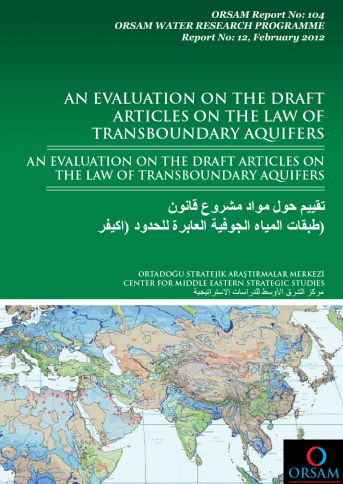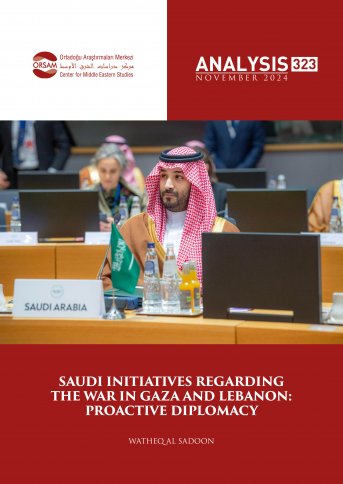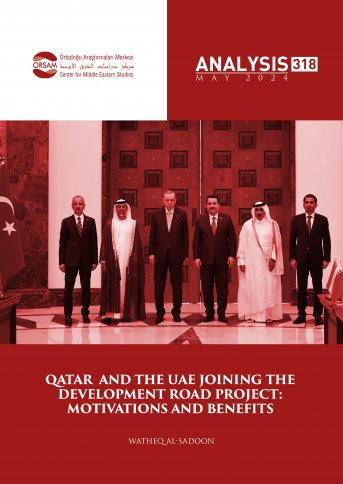
An Evaluation on the Draft Articles on the Law of Transboundary Aquifers
The United Nations International Law Commission completed its work at its 2008 session on the law of transboundary aquifers, which composes of nineteen articles, and transmitted this draft articles to the General Assembly. Then, the General Assembly adopted the law of transboundary aquifers at the sixty-third session by a resolution on 11 December 2008.
Groundwater provides approximately 50% of the current water supplies globally and 20% of the irrigated agriculture. However, it is often difficult and costly to distinguish groundwater from surface water. Groundwater resources are generally undervalued both at the national and international level in contrast to the surface water resources such as rivers and lakes. This situation can also be observed in the international law area. In contrast to the more than 400 international agreements and treaties about transboundary rivers and lakes, there are just four arrangements about the transboundary aquifers. The ignorance of the transboundary aquifers is not only because of the unseen nature of this resource, but also the high cost of the comprehensive and quantitative hydrological surveys of the transboundary aquifers.
Although these articles on transboundary aquifers can be deemed as continuation of the 1997 United Nations Convention on the Law of Non-navigational Uses of International Watercourses, the Draft have a different clause in article 3. “sovereignty of the aquifer states.” The emphasis on sovereignty in the draft articles caused critics, even though the ILC’s comment listed international treaties and legal documents which refer sovereignty of states on natural resources.
The aim of this report is to provide information on the draft articles on the law transboundary aquifers that have many debates in different provisions.




